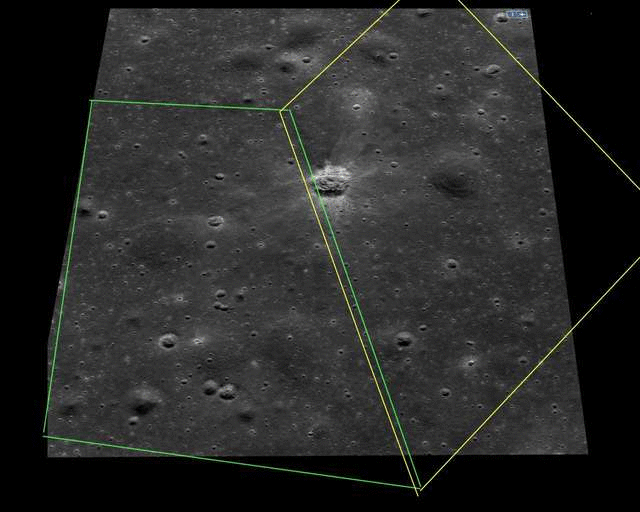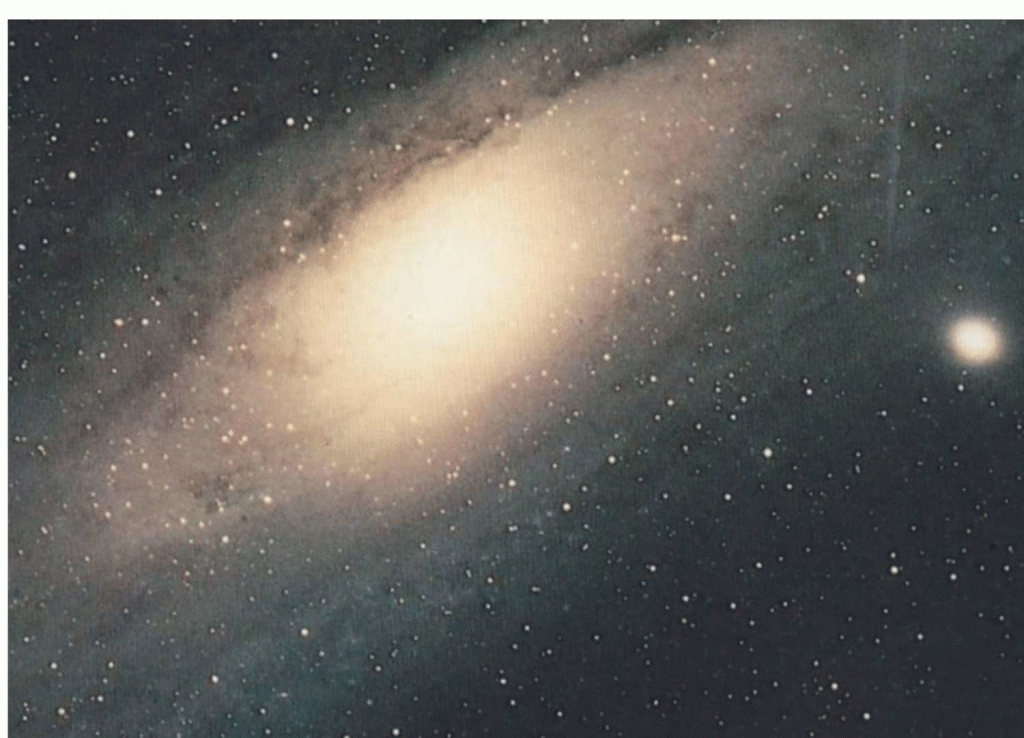I was working on this, having for some unknown reason taken a renewed interest in the Apollo program, and Apollo 11 in particular. I was reviewing the material at The Apollo Lunar Surface Journal on the Apollo 11 Landing, and was taken with the 5:00 AVI video clip attributed to Gone to Plaid. I can’t link to the video, as clicking on it just downloads it. I hope I don’t have 20 copies of it!
Anyway, it’s riveting. It’s got 1201 alarm stuff, and the final landing sequence down to “Contact light”. This is all from the camera mounted above the Lunar Module Pilot Position, on the right. It was mounted high so that it “looked down” as far as possible, and it’s a very different view from what Neil Armstrong had.
I got interested in all this because of the “boulder field” business, which caused Armstrong to take manual control and “go long” on the landing. In the film, you don’t really see it, so what’s up with that?
Well, really, I just stumbled into this from trying to locate the video frames in the LROC TIFF image of Tranquility base ( the skinny thing at the bottom of the page ) which shows Tranquility base down to the foot trails. Zoom in and out. It’s amazing.
So I got to matching this view with the video frames using Paint.net. Very time consuming! Especially when you think that there should be software somewhere that could match every frame seamlessly. Maybe someone’s done it.
The thing is that this gives a wider view, of which the camera view is just a part, and it occurred to me that I could infer Armstrong’s view from the symmetrically opposed window very easily. To be exact, it would be a view of a camera mounted on the opposite side under reflection through the center plane of the LM. This is taking into account the very extended “nose” of the LM, adjacent on each side to the windows, which confines the view of each window pretty much to its own side. So, I just took the geometric reflection of the camera view from the LM Pilot’s side to estimate the view from the Commander’s side. The first thing to notice is that the LM was apparently tilted to the Commander’s side to give him a more level and “deeper” view of the surface. Aldrin wasn’t even watching, anyway! He says he was too busy, but I might suppose this was all by arrangement.
The second thing to notice is that West Crater with its boulders was very much in view of the Mission Commander. Can you imagine?
Well, the following animated gif is pretty crude, but it is base on five second intervals starting at 2:06 of the video, and finishing just before touchdown, with the descent stage of the LM visible in the LROC image, indicating the touchdown point, of course.
Crude as it is, I think it shows that Armstrong had a clear view of “West Crater” with its boulder field, and I think you can see how he “skates” to go long at the end, and then has to deal with “Little West” at the last.


